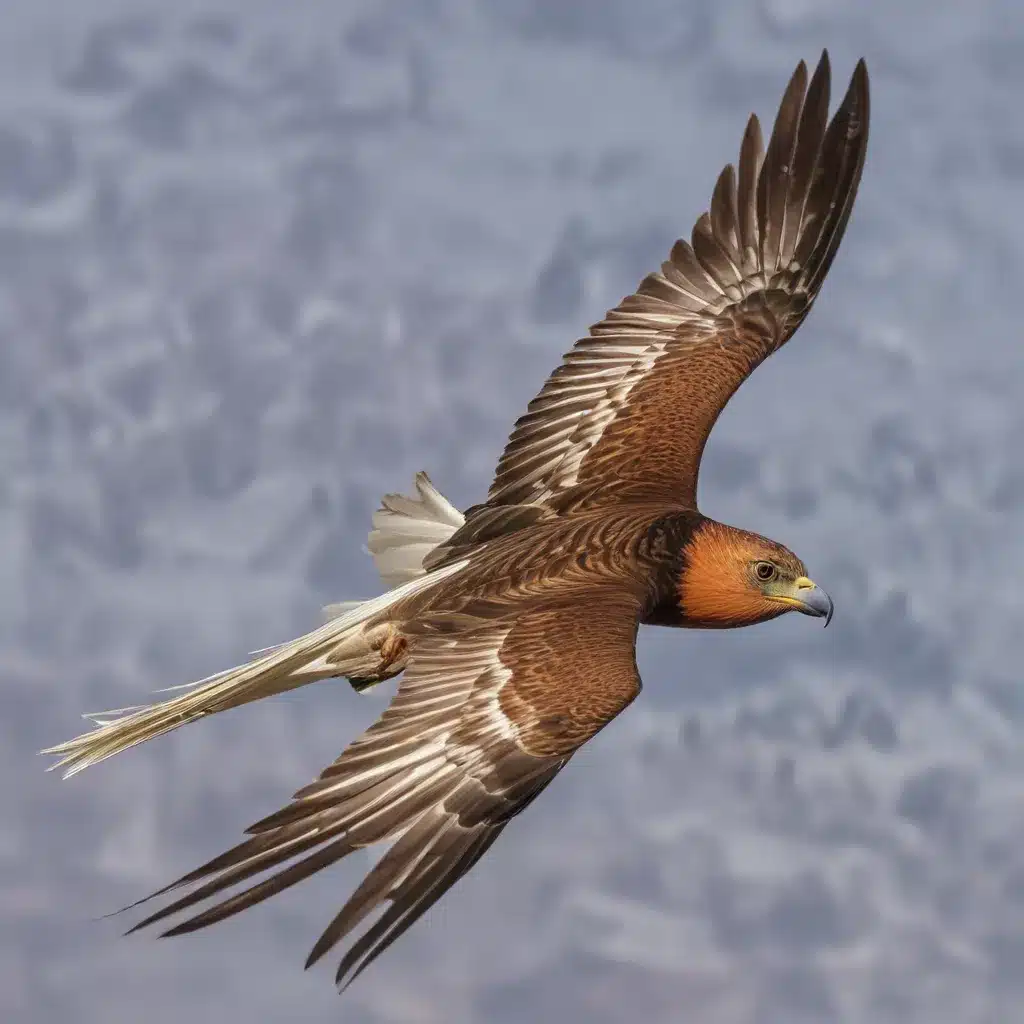
Feathered Flyers: Overcoming the Challenges of Long-Distance Bird Travel
Birds are true masters of the sky, capable of amazing feats of endurance and navigation that put even the most advanced aircraft to shame. Every year, billions of birds take flight on epic migrations spanning thousands of miles, braving harsh weather, navigating treacherous terrain, and pushing the limits of their physical capabilities. As avian caretakers and enthusiasts, it’s our privilege to witness these incredible journeys and understand the remarkable adaptations that make them possible.
Seasonal Movements
Migration is a natural part of the annual cycle for around 40% of the world’s bird species. These seasonal movements are driven by the need to find suitable breeding grounds, abundant food sources, and favorable climates. Some species, like the Arctic Tern, undertake truly staggering migrations, traveling up to 55,923 miles (90,000 km) per year as they move between their Arctic breeding grounds and Antarctic wintering sites.
Other species, such as the Bar-tailed Godwit, are renowned for their non-stop, long-distance flights. These waders have been recorded crossing the open ocean for over 11,000 km (6,835 miles) without stopping to rest or refuel. The secret to their success lies in their ability to store massive amounts of fat prior to migration, effectively transforming themselves into airborne fuel tanks.
Migratory Routes
Migratory birds often follow well-established routes, taking advantage of favorable wind patterns, thermal currents, and known stopover sites along the way. These “flyways” can stretch across entire continents, with birds congregating at critical bottleneck points, such as the Strait of Gibraltar or the Bosporus Strait.
The timing of these movements is also finely tuned, with birds departing and arriving at their destinations with remarkable precision. This coordination is crucial, as it ensures that birds can take advantage of peak food availability and favorable breeding conditions.
Navigational Cues
How do these feathered navigators find their way across vast expanses of open ocean and unfamiliar terrain? Scientists have identified several key factors that contribute to their remarkable navigation abilities:
- Celestial Cues: Birds can use the sun, stars, and even the Earth’s magnetic field to orient themselves and maintain a sense of direction.
- Olfactory Cues: Some species, such as the Leach’s Storm-petrel, are believed to use their keen sense of smell to detect the scent of their breeding grounds from miles away.
- Landmarks: Birds with established migration routes may rely on visual cues, such as mountain ranges, coastlines, and even man-made structures, to guide their journeys.
- Inherited Knowledge: Many species seem to possess an innate understanding of their migration routes, passed down from generation to generation through instinctual behaviors.
Physiological Adaptations
Undertaking these epic migrations requires a remarkable set of physical adaptations. Migratory birds have evolved specialized features that enhance their aerodynamic performance, energy efficiency, and ability to withstand the rigors of long-distance travel.
Aerodynamic Structures
The sleek, streamlined bodies and long, tapered wings of migratory birds are perfectly suited for efficient flight. Many species also have the ability to adjust the shape and angle of their wings in response to changing wind conditions, maximizing their lift and minimizing drag.
Energy Efficiency
To fuel their journeys, birds rely on a combination of stored fat reserves and the ability to optimize their metabolic processes. Some species can reduce their body temperature and enter a state of torpor, effectively “shutting down” unnecessary functions to conserve energy.
Thermoregulation
Dealing with extreme temperatures, both hot and cold, is a constant challenge for migrating birds. They’ve evolved a range of adaptations, including specialized feathers, circulatory systems, and behaviors, to maintain a consistent body temperature and avoid heat or cold stress.
Environmental Challenges
While migratory birds have evolved impressive coping mechanisms, they must still contend with a range of environmental obstacles and threats during their journeys.
Weather Conditions
Severe storms, strong headwinds, and sudden temperature changes can all pose serious risks to migrating birds. Some species, like the Bar-headed Goose, have even been recorded flying at altitudes of up to 7,000 meters (23,000 feet) to avoid treacherous weather conditions.
Habitat Fragmentation
As human development encroaches on natural landscapes, migratory birds are finding it increasingly difficult to locate suitable stopover sites and breeding grounds. This habitat loss and fragmentation can disrupt their carefully timed movements and put their survival at risk.
Climate Change
The impacts of global climate change are being felt by migratory birds, as well. Shifting weather patterns, changing food availability, and the loss of critical habitats can all threaten the delicate balance of these seasonal movements.
Conservational Efforts
Recognizing the importance of migratory birds and the challenges they face, various conservation organizations and government agencies have implemented a range of initiatives to protect these remarkable creatures.
Monitoring Programs
Comprehensive monitoring and tracking programs, often using advanced technologies like satellite telemetry, help researchers understand the full scope of migratory movements and identify critical stopover sites and breeding grounds.
Habitat Preservation
Efforts to protect and restore natural habitats, both at breeding grounds and along major flyways, are crucial for ensuring the long-term survival of migratory bird populations.
Policy Interventions
International treaties, such as the Migratory Bird Treaty Act and the African-Eurasian Migratory Waterbird Agreement, provide legal frameworks for coordinating conservation efforts across national borders and protecting migratory species.
By working together to understand, monitor, and safeguard these avian migrants, we can help ensure that their epic journeys continue for generations to come. After all, their flights are a testament to the wonders of the natural world, and a reminder of the delicate balance we must strive to maintain.
If you’re interested in learning more about migratory birds and how you can get involved in conservation efforts, be sure to check out the resources available at Mika Birds Farm. Our team of experts is dedicated to promoting the well-being of all feathered flyers, from backyard visitors to global travelers.


